Future Fire Defense
Oct 07, 2025 . 3 min read
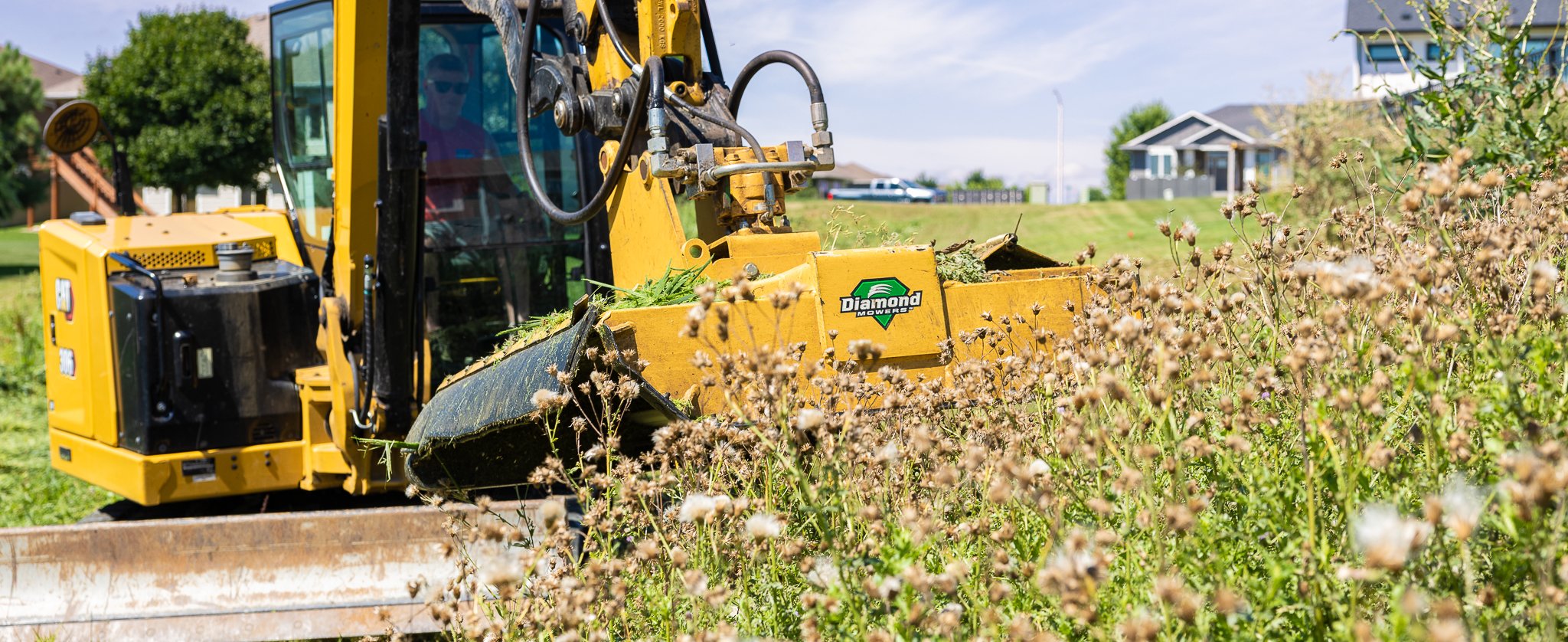
Mulching Tips and Strategies for Post-fire Cleanup and Future Fire Defense
In the wake of recent wildfires, landowners and mulching professionals have been faced with the daunting task of cleanup and recovery. The immediate focus for these operators must be on clearing hazardous debris, stabilizing the land, and ensuring damaged areas do not become even more vulnerable to erosion and invasive species.
Mulching stands out as a critical part of this process, offering a controlled and eco-conscious approach to rehabilitating fire-damaged areas and making them more resilient. With the right equipment, landowners can efficiently restore their properties while also reinforcing their landscapes against imminent risks.
Whether you face forest fires in the West, brush fires in the South, or prairie fires in the Midwest, Diamond Mowers offers the following tips to make post-fire cleanup and future fire defense successful.
Explore This Guide
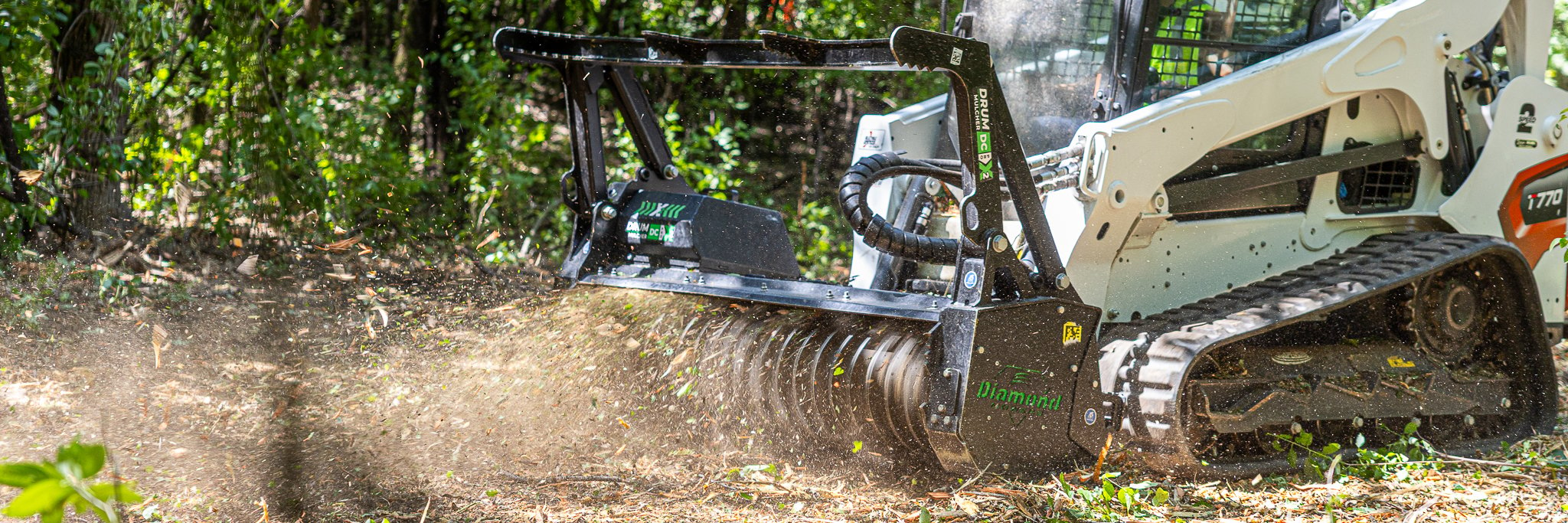
TYPES OF FIRES AND REGIONAL CONSIDERATIONS
Fires affect landscapes differently depending on the region. Understanding these distinctions can help contractors choose the right methods and equipment for recovery.
- Forest Fires: Since these fires typically involve dense, woody debris, an open drum mulcher is best for removing large trees in forested areas. Diamond’s new Drum Mulcher OD Pro X2, for instance, features durable carbide teeth to handle thick vegetation, making it ideal for forest fire recovery where clearing large remnants quickly is essential for land restoration.
- Brush Fires: Brush fires tend to occur in scrubland environments and leave behind tangled, low-lying greenery. The sharp, powerful blades of a brush cutter enable it to efficiently cut through weeds and shrubs that a regular mower or trimmer might struggle with and restore land to its natural state.
- Prairie Fires: These fires move quickly across grasslands and can leave debris that contributes to erosion and invasive plant growth. Here, again, a drum mulcher is the best choice for processing thick patches of tough vegetation. Diamond’s Drum Mulcher DC Pro X2 features proprietary Edge™ Hardened Steel Teeth, which have taller “paddles” to ingest more material for a more comprehensive and cleaner mulch on the first pass. Meanwhile, a brush cutter offers thorough treatment for more delicate areas. Together, these attachments can help maintain the soil and promote healthy regrowth of native plants.
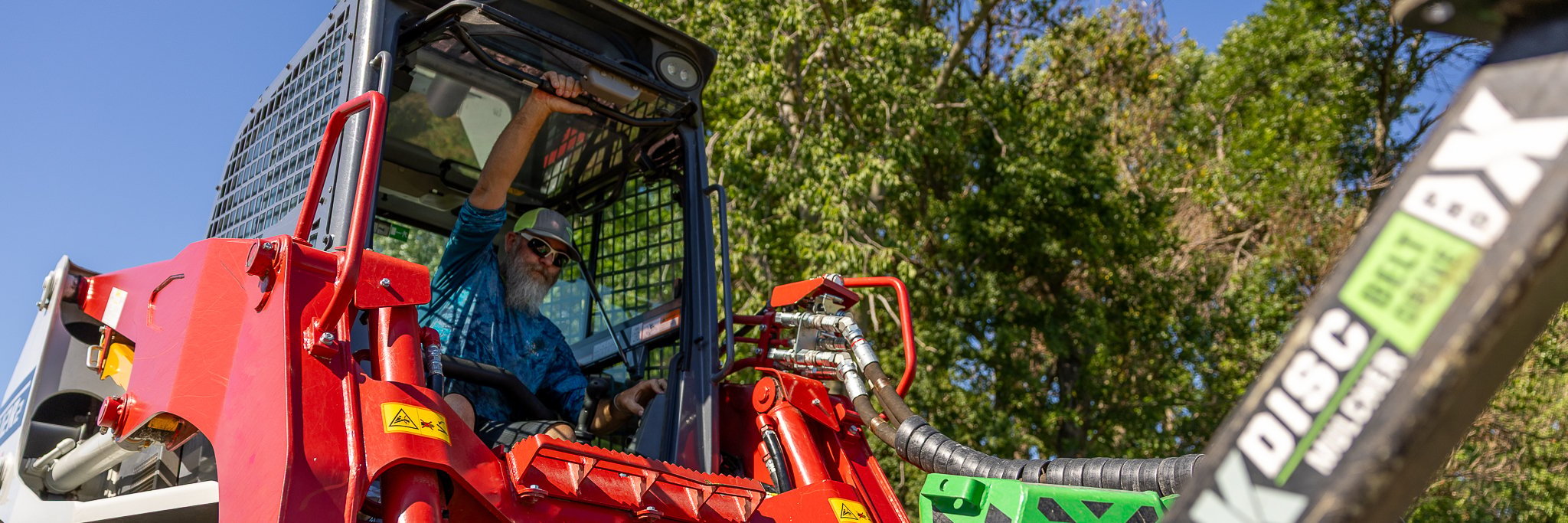
SAFETY FIRST
Post-fire landscapes present unique dangers and hazardous conditions that need to be addressed carefully. Taking the right precautions helps to ensure the safety of workers and the effectiveness of cleanup efforts.
- Assess for Hidden Hazards: Unstable trees and smoldering vegetation can compromise operator safety or cause further damage if left unattended.
- Use Appropriate Protective Gear: Operators should be equipped with helmets, gloves, and safety glasses to protect against flying debris, sharp objects, or accidental contact with machinery. A minimum 1/2" thick polycarbonate operator protection is required, and some applications may require additional protection.
- Work in Stages: Address high-risk areas first, especially near buildings or infrastructure, to eliminate immediate threats. Prioritizing these zones also allows for emergency repairs or access to critical areas sooner.
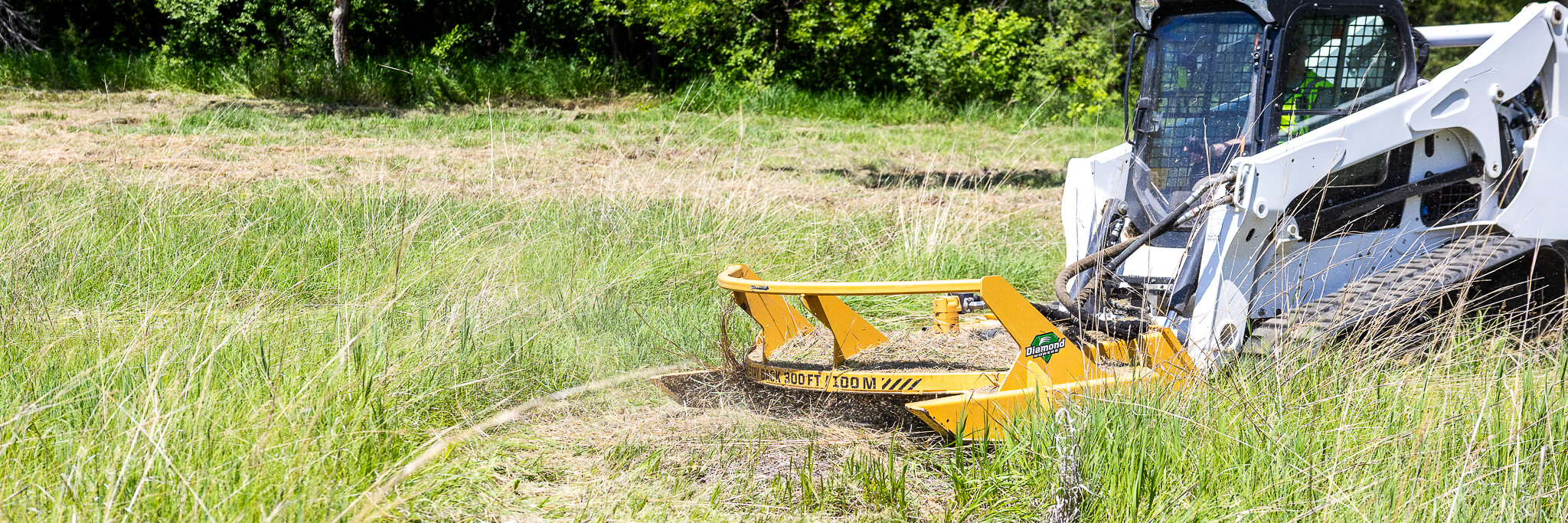
TARGET HIGH-RISK AREAS
When tackling post-fire cleanup, it’s important to start with more perilous areas where erosion or regrowth pose significant risks.
- Stabilize Slopes: Slopes are particularly vulnerable to landslides or soil erosion after a fire, so stabilizing them can lead to long-term land integrity. With its extended reach, an excavator drum mulcher is an ideal option for accessing burnt vegetation in hard-to-reach areas and creating a protective layer over the soil on steep terrains.
- Protect Waterways: Burnt debris and loose soil can wash into streams or rivers, impacting water quality and local ecosystems. A brush cutter excels at clearing smaller vegetation around tight waterways, which contributes to a reduction in runoff contamination.
- Create and Maintain Defensible Spaces: Thin vegetation to create firebreaks and protective buffers around homes, businesses, utility poles, and other infrastructure. Engineered for heavy ground engagement and processing harsh materials, the Drum Mulcher OD Pro X2 is the perfect “go-to” tool for large-scale tasks like this. Its carbide teeth can withstand extreme abrasion and won’t spark in rocky environments – an essential feature in fire-prone areas.
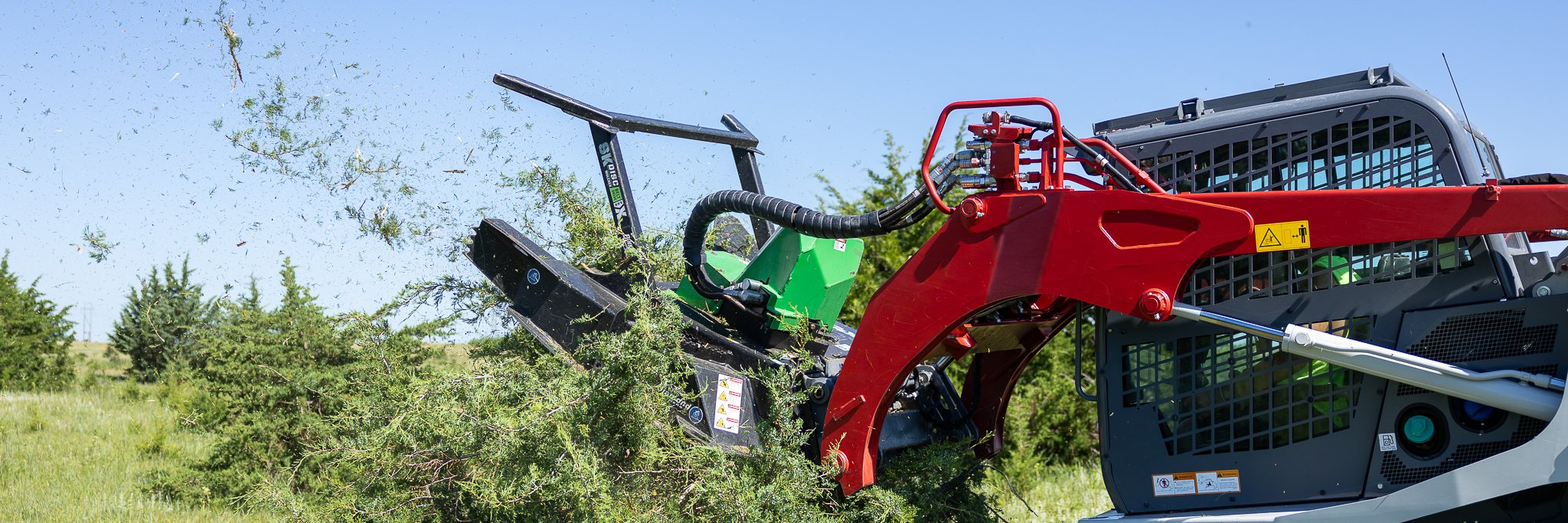
CULTIVATING RESILIENCE
An important aspect of post-fire recovery is preparing for future disasters and cultivating long-term resilience. Landowners can support these goals by incorporating mulching as part of their ongoing land management efforts and following these strategies:
- Track Regrowth: Conduct land assessments on mulched areas to identify invasive species that can outcompete native grasses and disrupt the ecosystem. Regular checks allow for timely intervention and promote a more balanced landscape where native and fire-adaptive plants can thrive.
- Incorporate Firebreaks: Establish defensible zones that minimize ladder fuels and help contain future fires. Well-maintained firebreaks safeguard homes, buildings, and utility infrastructure from spreading fires and protect valuable property in high-risk zones.
- Enhance Soil Health and Biodiversity: Mulching returns organic material to the soil, enriching it with nutrients that promote native plant regrowth. The protective mulch layer helps retain moisture and prevent soil erosion, which is crucial for rehabilitating fire-damaged areas.
Contact Your Local Diamond Mowers Dealer Today
Diamond Mowers offers a full lineup of high-performance vegetation management attachments that are made in the U.S.A. and compatible with most skid steers, tractors, wheel loaders, and excavators. 👉 Find your local dealer at DiamondMowers.com.
